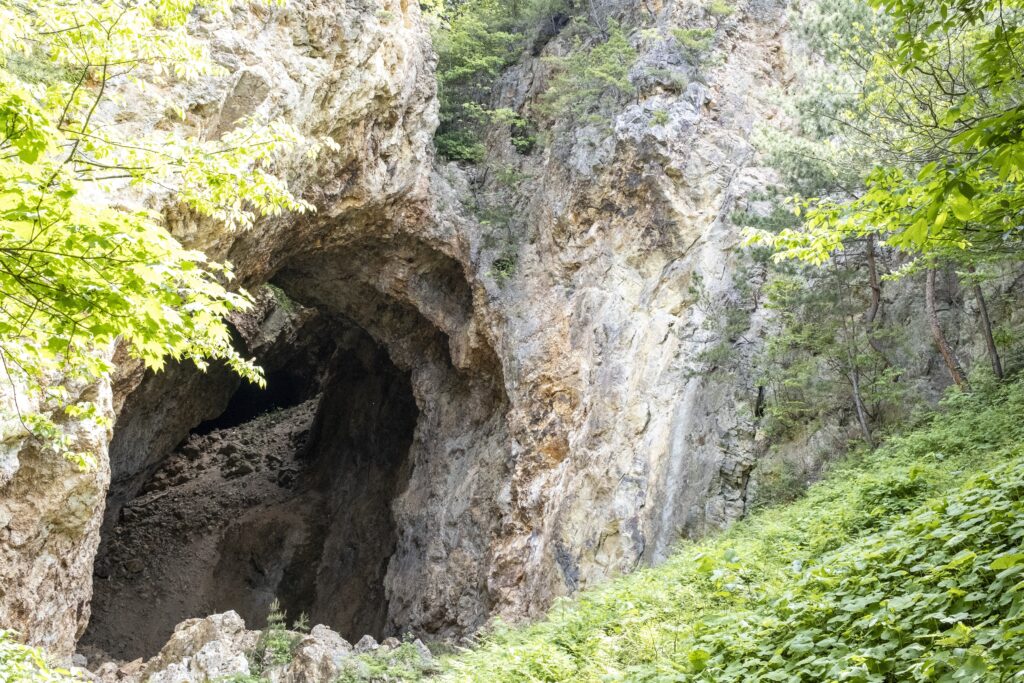
- ARAB NEWS
- 18 Jul 2025

TOKYO/SEOUL: The registration of the Sado Island Gold Mines as a UNESCO World Cultural Heritage site was achieved thanks to the Japanese and South Korean governments reaching an agreement over dealing with the site’s history of using workers from the Korean Peninsula.
Tokyo accepted Seoul’s calls for reflecting the history in explanations and exhibits at the site on Sado Island in Niigata Prefecture, central Japan, out of concerns that heightened confrontation with South Korea could dampen bilateral relations, which have been improving recently.
“Japan was able to provide what South Korea was asking for,” a Japanese government source said, expressing relief at being able to obtain the Asian neighbor’s understanding for the registration. A South Korean foreign ministry official said that the two countries were able to resolve the issue through dialogue.
Seoul argued that the Sado Island Gold Mines used forced labor from the Korean Peninsula during World War II, and said that Japan should reflect the whole history of the site. Some in the country sought to get Tokyo to withdraw its nomination, with such efforts including a meeting of a public-private task force on the matter and the adoption of a related resolution at the South Korean parliament.
The International Council on Monuments and Sites, which advises the UNESCO World Heritage Committee, recommended last month modifications to Japan’s nomination of the site, such as excluding an area and providing explanations and presentations on all periods during which mining took place.
The World Heritage Committee, which currently comprises 21 member states including Japan and South Korea, customarily approves World Heritage inscriptions unanimously. It is possible to get a site registered even with opposition if two thirds of members are in favor, but risking a vote could have sparked another row between Tokyo and Seoul.
Japanese government officials, prioritizing the improvement of bilateral ties, engaged in behind-the-scenes negotiations with South Korean officials and decided to accept Seoul’s calls for showing in exhibits the harsh working conditions of Korean mining workers.
The two governments agreed that items showing the working conditions and lives of Korean workers would be displayed, and that Japan would explain the existence of such workers at the World Heritage Committee.
Meanwhile, the Japanese side did not mention “forced labor” in its measures taken to gain Seoul’s understanding. South Korean media have said that the lack of such mentions could provoke backlash among the country’s citizens and serve as an attack line against the South Korean government at the parliament, which is dominated by opposition parties.
Pointing out that the Japanese government failed to recognize forced labor of Korean workers, the largest opposition Democratic Party of Korea criticized on Saturday, following the UNESCO committee’s decision on the registration of the Sado mines, the administration of South Korean President Yoon Suk-yeol for tolerating what the party calls Japan’s distortion of history.
On the other hand, a veteran conservative member of Japan’s ruling Liberal Democratic Party said that it was “unfortunate” that Tokyo made concessions to the South Korean side.
Wartime labor was also a factor that has driven South Korea to oppose the addition of Japan’s Meiji-era industrial revolution sites to the World Cultural Heritage list in 2015. Seoul consented to the registration after Tokyo promised to establish a center to exhibit items showing the history of now-defunct coal-mining facilities on Nagasaki Prefecture’s island of Hashima, also known as Gunkanjima, where Korean workers are believed to have been used.
JIJI Press